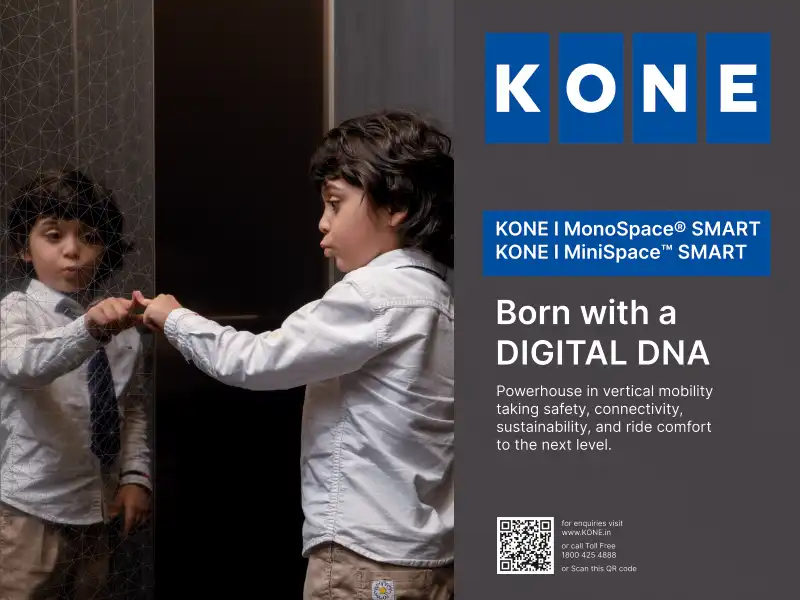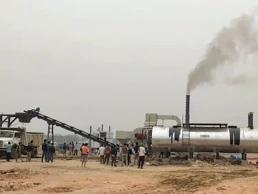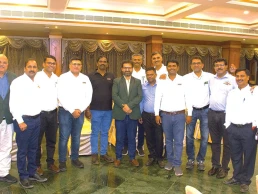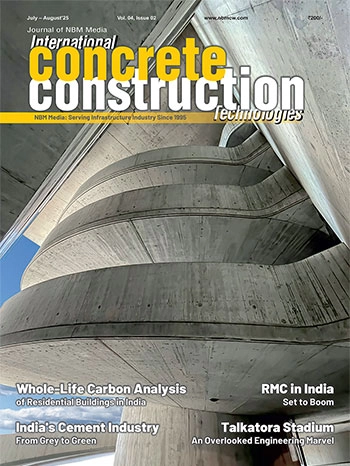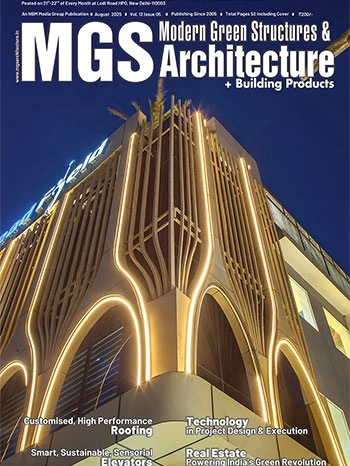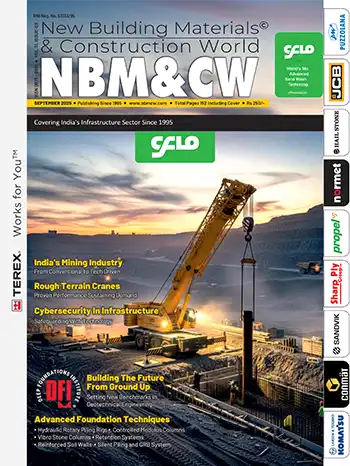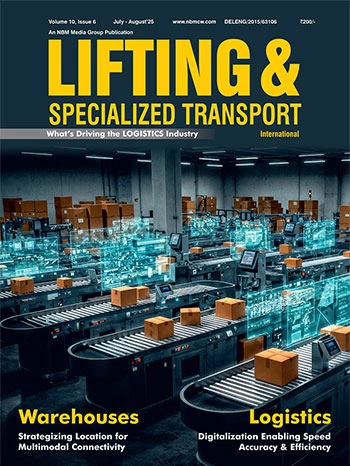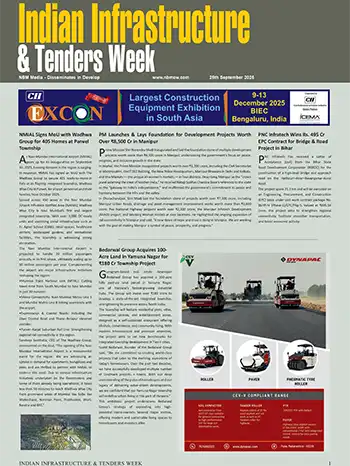LANXESS Pigments Enhance 3D Concrete Printing in Venice Architecture Biennale Exhibit
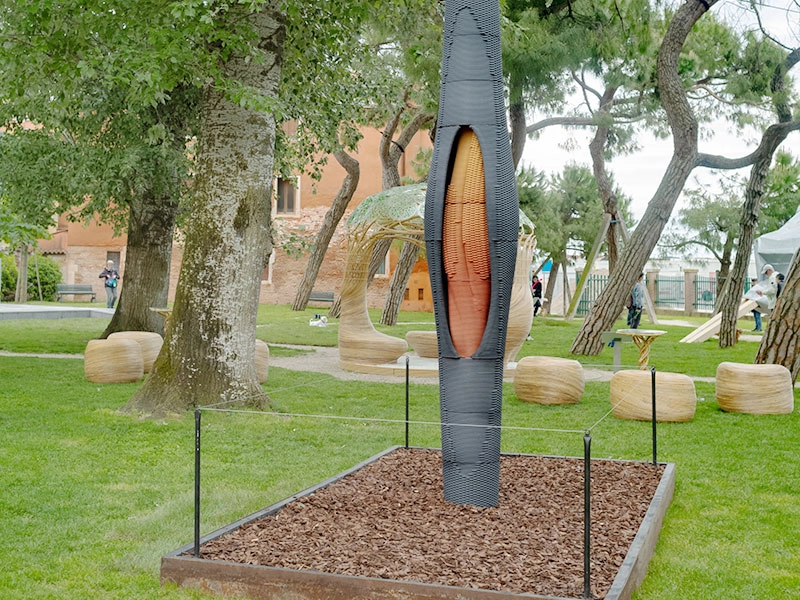
LANXESS's inorganic pigments are expanding the creative possibilities of 3D concrete printing, as demonstrated by the striking sculpture “Duality of Skin and Core” at the Venice Architecture Biennale’s “Time. Space. Existence.” exhibition. The piece, created using red and black iron oxide pigments, showcases how color and design innovation can merge with advanced construction technologies.
Developed by Assistant Professor Cristina Nan and architect Mattia Zucco from Eindhoven University of Technology, the modular concrete column highlights the integration of color, digitally generated patterns, and material performance in 3D printing. The project was realized in partnership with LANXESS and Dutch 3D printing expert Vertico, illustrating a new frontier in architectural design and digital manufacturing.
Innovative design and materiality in 3D concrete printing
“Duality of Skin and Core” reinterprets the classic architectural column. A slit-like opening in the cladding reveals the colored interior – hence the name. Until now, a monolithic, gray aesthetic has dominated comparable applications. The innovative design and manufacturing strategy significantly expands the possibilities of 3D printing with concrete. Instead of printing components in a single pass, the project pursues a modular strategy. Inspired by ancient Greek and Roman columns, the artwork consists of nine drums and four wings. Each individual element weighs less than 30 kilograms. This principle facilitates transport, enables flexible assembly, disassembly, and reuse, and thus extends the life cycle of the components – an important contribution to sustainable construction and circular design principles.
LANXESS as a driver of innovation in 3D concrete printing
In order to secure the potential of colored concrete in 3D printing, not only in terms of design but also in terms of technology, LANXESS is conducting research into the properties of its pigments under additive manufacturing conditions in collaboration with partners such as the Institute of Construction Materials at the Technical University of Dresden. As part of joint investigations, the partners have analyzed how Bayferrox and Colortherm pigments behave in 3D concrete printing. The results show that the pigments do not affect the concrete properties and at the same time enable high color quality and consistency. They can therefore be used without restriction for the individual coloring of the up to now mostly gray material in 3D printing.









































